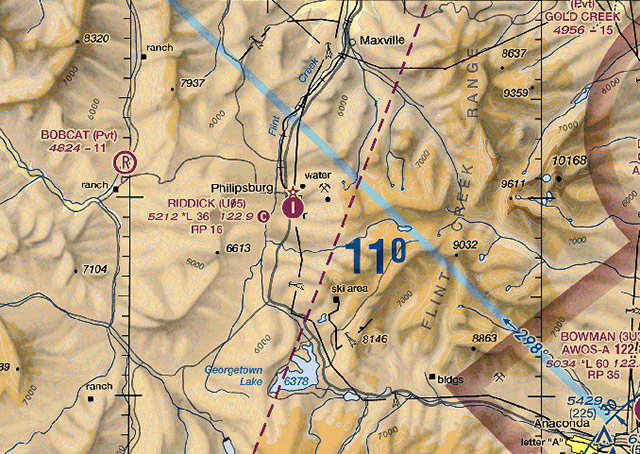Training Tip: A short refresher
When is 3,600 feet shorter than 3,000 feet in runway terms?

A Cessna 172 pilot based at a coastal airport with a 3,000-foot runway is receiving a flight review before a summer aviation vacation in the Montana mountains. After some basic review, the instructor poses an unexpected question: “What’s your definition of a short field?”
You can’t just open a chart and find a symbol, or color, for a short field. Your pilot’s operating handbook contains no specific answer. Countless articles discuss the subject; some use hypothetical runway lengths as examples, others don’t.
If you poll pilots on what they consider a short field, you get a spray of values as answers. “Less than 3,000 feet,” says the occupant of the next T-hangar. “Maybe, less than 1,500 feet,” insists the high-timer who flies a big-engine taildragger from a nearby grass strip.
Here at sea level, 3,000 feet doesn’t seem terribly short to the pilot, based on his look at the approximated aircraft performance values for a Cessna 172R published on appendix page A-1 of the Pilot’s Handbook of Aeronautical Knowledge. According to those numbers, the aircraft has plenty of margin for a ground roll and for clearing an obstacle at most temperatures. Even under extremely hot conditions, rare in this seaside locale, the Cessna is capable of climbing to 50 feet agl with about 37.5 percent of the runway still ahead.
That’s not a short field, the pilot decides.
“What about Riddick Field in July?” the instructor asks.
Puzzling question, as Riddick, in Philipsburg, Montana, has a longer runway, at 3,600 feet. (Better give it another look to see what the instructor wants you to find out.)
OK, there are other considerations: Riddick is 5,212 feet above sea level. In July, at 30 degrees Celsius at midday, a short-field takeoff with 50-foot obstacle clearance on Runway 34 in zero wind would require approximately 3,300 feet, leaving just 8.4 percent of the runway still ahead. That’s not much margin for imperfect skill or performance—and beyond lies a hill, according to the Northwest U.S. Airport/Facility Directory.
Departing in early morning, in the cooler, denser air, with a light load, would be a better plan for a pilot of modest experience.
So perhaps it is best to conclude that some runways are short under some conditions, not short in others—and sometimes, given a particular aircraft and pilot, too short.



